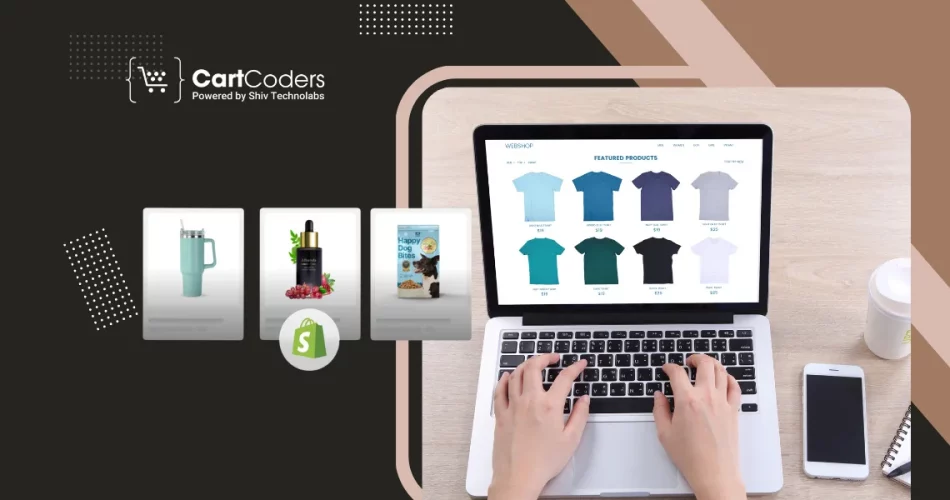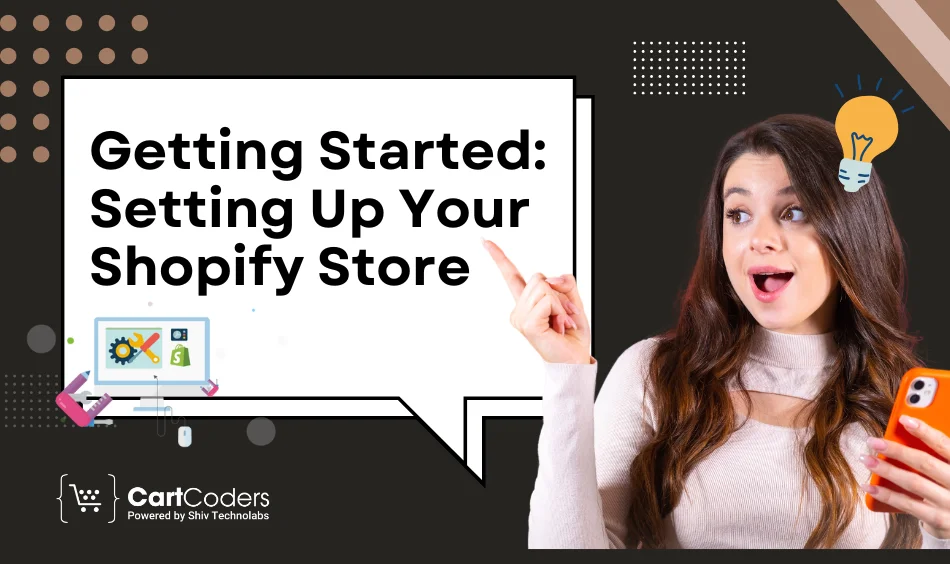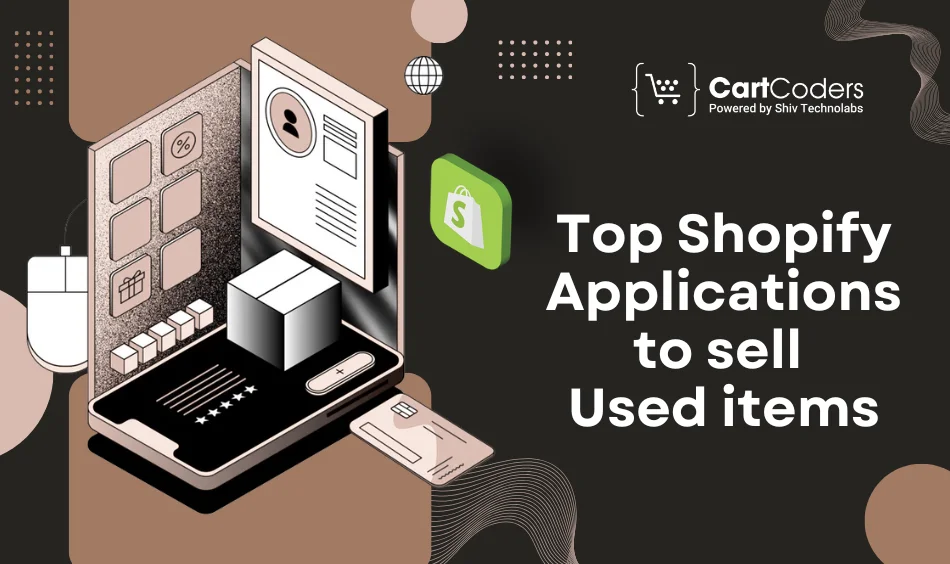Custom Engagement Solutions
Unlock tailored solutions with a free, no-obligation strategy session.
Expert Developers & Engineers on Demand
Scale Your Team with Skilled IT Professionals
Expert Guidance for Digital Transformation

Selling used items online has become a big business. Many people want to make money from things they no longer need. Shopify is one of the best places to sell 2nd hand stuff online. The secondhand market reached $523.29 billion in 2024 and is expected to reach $1451.34 billion by 2032. This shows how popular used items have become.
More people are buying pre-owned items to save money and help the planet. You can start your store on Shopify to sell used goods. This guide will show you exactly how to list pre-owned items on Shopify. We will cover everything from setting up your store to making sales. Whether you have clothes, electronics, or furniture, you can sell them all.
Shopify makes it easy to sell used goods online. You get your website to showcase your items. This is better than using Facebook Marketplace or other basic platforms.
With Shopify, you control your brand. You can make your store look professional. Customers trust stores that look good and work well. Benefits of using Shopify:
Facebook Marketplace has 250 million sellers worldwide, but most of them look unprofessional. Your Shopify store will stand out from the crowd.

First, you need to create your Shopify account. Go to Shopify.com and click “Start free trial.” You get 14 days to test everything for free.
Choose a store name that relates to used items. Good examples are “SecondLife Goods” or “Preloved Treasures.” Make it easy to remember and spell.
Choose a theme that suits used items well. Look for themes with good photo galleries. Your pictures need to look great, as customers cannot physically touch the items.
Set up your payment methods. Shopify works with PayPal, Stripe, and various credit card providers. Offer multiple payment options so customers can pay in the way that suits them best.
Below are seamless steps to list used items on Shopify:
If you haven’t already:
Fill out the form carefully:
Ensure your product is visible on your:
Used items may have different return policies:

Below are some of the top-notch Shopify applications to make selling used items easier and at a click:
2. Recommerce
3. DRIP: Returns For Sale Widget
Lets you list returned, open-box, or demo items directly on your store with a customizable widget. It auto-removes listings once sold
4. OWNI
Enables a true resale marketplace: customers can resell items on your site, and you earn a commission on each resale.
Allows you to launch a trade-in program where customers send in items in exchange for store credit. You can manage pricing and relist items for resale.
Full Multi‑Vendor Marketplace
6. Webkul Multi‑Vendor Marketplace
Converts your store into a full C2C marketplace where users can act as buyers and sellers, complete with seller dashboards, commissions, and auction features.
Proven Strategies to Grow and Scale Your Used Items Business
Below are effective strategies to grow and scale your used items business:
Some types of used items sell more effectively online than others. Focus on categories that ship easily and have steady demand. Here are the top-selling used item categories:
Electronics need special attention. Test everything before listing. Include chargers and original boxes when possible.
Clothing should be clean and wrinkle-free. Measure everything and include size charts. Many buyers return clothes that don’t fit.
Getting traffic to your Shopify store takes effort. You cannot just list items and wait for sales. You need to actively promote your business.
Marketing strategies that work:
There are 2.71 billion digital buyers worldwide in 2024. This huge market means plenty of potential customers exist.
Use Instagram and Pinterest to showcase your best items. These visual platforms work great for used goods. Post regularly and use relevant hashtags.
Shipping used items requires extra care. These items are often unique and cannot be easily replaced if damaged.
Packing tips:
Offer multiple shipping options. Some customers want items quickly and will pay extra. Others prefer cheaper, slow shipping.
Calculate shipping costs accurately. Heavy items, such as furniture, require special handling. Consider using freight shipping for large pieces.
Great customer service separates successful sellers from those who fail. Customers have more questions about used items than they do about new ones.
Respond to messages quickly. Please respond within a few hours, if possible. Be friendly and helpful in all communications.
Common customer questions:
Be prepared to negotiate on prices. Many customers expect to bargain on used items. Set your initial prices with room for negotiation.
Sell Used Items with Better Deals Using the Free Bargain App by CartCoders
Selling used items on Shopify becomes more effective when buyers can make their own offers. The Bargain App by CartCoders adds this feature at zero cost. It’s perfect for pre-owned products, where price flexibility drives quicker decisions and better conversions.
Why use it:
Returns happen more often with used items. Customers might receive something different than expected. Having a clear return policy protects both you and buyers.
Return policy elements:
Document everything with photos and descriptions. This helps resolve disputes quickly. Most problems come from misunderstandings about the condition or size.
47% of consumers now consider the resale value when buying new items. This shows customers understand used items have value and expect fair treatment.
Selling used items online creates tax obligations. Keep records of all sales and expenses. You might need to pay income tax on profits.
Some items need special handling:
Check local laws about business licenses. Some cities require permits for online sales. Better to be safe and legal from the start.
Once you get comfortable selling used items, you can grow your business. Look for ways to increase inventory and boost sales.
Growth strategies:
The global second-hand product market is expected to reach $771.08 billion by 2029. This massive growth means that plenty of opportunities exist.
Track your performance using Shopify’s analytics. See which items sell best and focus on those categories. Drop categories that don’t perform well.
Shopify offers numerous opportunities when you learn how to sell second-hand goods on it. The second-hand market continues to expand as individuals seek bargains and eco-friendly products.
Start small using what you already have. Discover how to do it and develop your skills. You will be able to increase your business as you relax and grow your stock.
Do not forget, good things come with time and effort. Concentrate on customer service and top-quality products. Your reputation will grow, attracting repeat customers.
Are you struggling to list items on Shopify? CartCoders is here to assist you. We have a team of dedicated Shopify experts that provides you with end-to-end assistance with Shopify and gives you all the tools needed to sell 2nd hand stuff professionally.
Contact us today, and we will stand by your side to assist you with Shopify listing services.
Projects delivered in 15+ industries.
95% retention rate, building lasting partnerships.
Serving clients across 25+ countries.
60+ pros | 10+ years of experience.